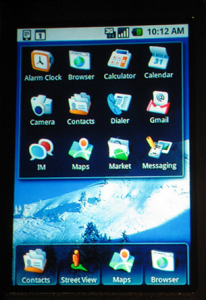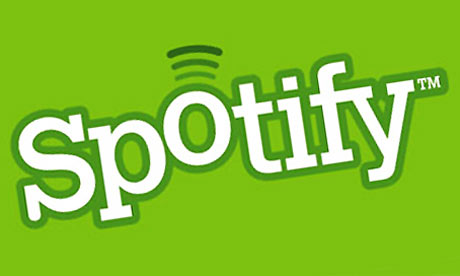 The patent battle between Google’s Motorola Mobility and Microsoft went before the US International Trade Commission court in Washington this week. This case follows hot on the heels of Google’s announcement that it plans to buy Motorola, and shows that Microsoft clearly sees this acquisition as a threat.
The patent battle between Google’s Motorola Mobility and Microsoft went before the US International Trade Commission court in Washington this week. This case follows hot on the heels of Google’s announcement that it plans to buy Motorola, and shows that Microsoft clearly sees this acquisition as a threat.
Microsoft is alleging in its lawsuit that Motorola has infringed on several basic patents that it owns. These include patents on data synchronization methods, battery power notifications and signal strength. The alleged patent infringements amount to seven in total.
The software giant has gone so far as to request an ITC import ban on both the Droid X and Droid 2 smartphones, along with several other Motorola products. Microsoft is confident in their ability to win this case in court, according to the head of their litigation team. The lawsuit has, unsurprisingly, prompted a counter suit by Motorola in the US and Europe.
The patent lawsuit by Microsoft against Motorola is a clear escalation of the ongoing war between the Android OS and Windows Phone. Motorola said that they plan to vigorously defend against the Microsoft attack, and they have brought legal actions of their own against Microsoft as part of a counter attack strategy. There is much at stake in this battle, because a loss either way will weaken the position of the loser in the emerging international mobile market.
The consequence of a loss to Microsoft means that it will have a harder time gaining market share from Android and slowing the momentum of Google’s Android OS. The acquisition of Motorola Mobility by Google effectively gives the search giant a hardware arm, which is a direct threat to the Windows Phone platform.
Google recently announced its purchase of Motorola Mobility for $12.5 billion in cash. Google acquired Motorola Mobility due to its strength in Android smartphones, but also to build up Google’s patent portfolio.








